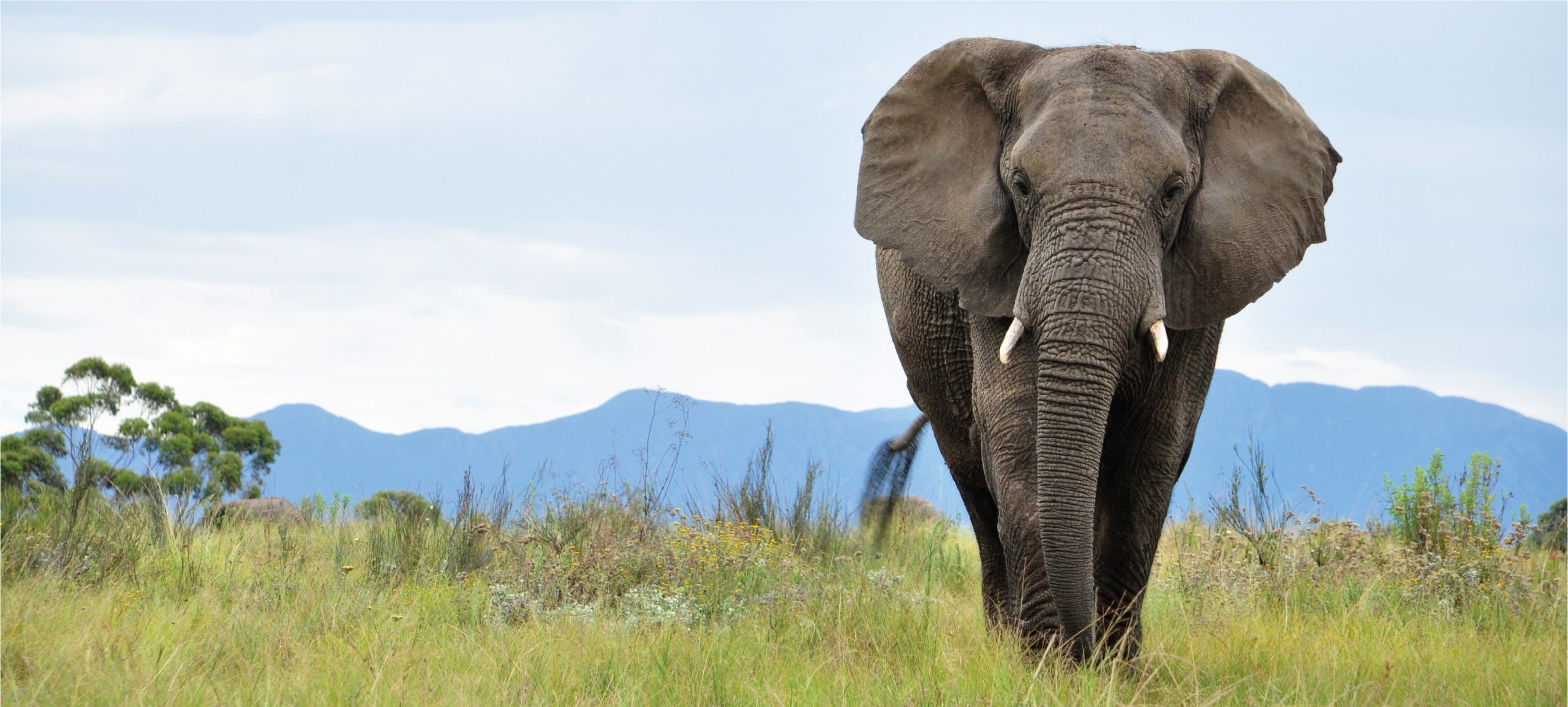-

Texas Antelope Squirrel
Explore the fascinating world of the **Texas Antelope Squirrel** (Ammospermophilus interpres), a small yet agile rodent thriving in the arid landscapes of Texas and northeastern Mexico. Discover its unique habitat preferences, playful behaviors, and vital role in seed dispersal within the ecosystem, while learning about its adaptations to survive in harsh desert conditions.
-

White-tailed Antelope Squirrel
Discover the fascinating world of the White-tailed Antelope Squirrel (Ammospermophilus leucurus), a vibrant inhabitant of the southwestern United States. With their unique physical features, playful behaviors, and vital role in desert ecosystems, these squirrels adapt remarkably to their arid environments, foraging for seeds and plants while navigating their sandy habitats. Learn about their breeding habits,…
-

Nelson’s Antelope Squirrel
Discover the fascinating world of Nelson’s Antelope Squirrel, a lively and social creature thriving in the arid deserts of the southwestern United States and northern Mexico. This species is known for its unique adaptations, including impressive burrowing skills, a diet consisting of desert flora, and a crucial role in its ecosystem as both seed disperser…
-

Common Golden-mantled Ground Squirrel
Discover the fascinating world of the Common Golden-mantled Ground Squirrel (Spermophilus lateralis), a lively inhabitant of North America’s woodlands and rocky slopes. Known for their distinctive golden-brown fur and social behavior, these omnivorous squirrels play a vital role in their ecosystems as seed dispersers and prey for larger predators. Learn about their unique habits, habitats,…
-

Sierra Madre Ground Squirrel
Discover the fascinating Sierra Madre Ground Squirrel, a unique rodent thriving in Mexico’s Sierra Madre mountain range. Known for its social behavior, distinct physical features, and ecological significance, this species plays a crucial role in seed dispersal while facing challenges from habitat loss. Learn more about its habitat, diet, and conservation status in our latest…
-

Douglas’s Squirrel
Discover the fascinating world of Douglas’s Squirrel (Tamiasciurus douglasii), a vibrant creature thriving in North America’s lush coniferous forests. From their energetic acrobatics and unique vocalizations to their crucial role in seed dispersal and forest regeneration, learn about their habitat, diet, reproduction, and conservation status. Delve into the life of this remarkable rodent and uncover…
-

North American Red Squirrel
Discover the North American Red Squirrel, a lively and agile inhabitant of coniferous forests across Canada and the northern United States. With its vibrant reddish-orange fur and impressive climbing skills, this diurnal creature plays a vital role in its ecosystem as a seed disperser and prey species. Explore their fascinating behaviors, diet, reproduction, and conservation…
-

Bangs’s Mountain Squirrel
Discover the fascinating world of Bangs’s Mountain Squirrel (Menetes berdmorei), a unique species thriving in the cool, dense forests of Southeast Asia. Known for their agile climbing abilities and vibrant social behavior, these squirrels play a crucial role in their ecosystem by facilitating seed dispersal and supporting forest health. With their vulnerable status highlighting the…
Search
Popular Posts
-
Lygosoma corpulentum
Discover the Lygosoma corpulentum, or fat skink, a robust insectivorous lizard native to Southeast Asia’s moist tropical rainforests and varying habitats. With a stocky body, impressive camouflage, and remarkable adaptability, this ovoviviparous species plays a crucial role in maintaining ecological balance.
-
Lygosoma boehmei
Lygosoma boehmei is a slender, nocturnal insectivore found in humid tropical rainforests and savannas of Southeast Asia, exhibiting a smooth, camouflaging texture and remarkable burrowing abilities. This vulnerable species plays a crucial role in its ecosystem by controlling insect populations and serving as prey for larger predators.
-
Lygosoma bampfyldei
Lygosoma bampfyldei, commonly found in tropical and subtropical regions, is a moderately sized lizard measuring 15 to 25 cm, known for its elongated body and glossy, camouflage coloration. This insectivorous species thrives in moist habitats and plays a vital role in maintaining ecological balance by controlling insect populations.
Categories
Tags
animal adaptations (924) animal behavior (5000) animal reproduction (865) behavior (920) biodiversity (7853) conservation (1670) conservation efforts (1778) conservation status (5748) diet (2104) ecological balance (2087) ecological role (1952) ecosystem (1469) ecosystem role (2901) endangered species (2514) habitat (3280) habitat conservation (1136) Habitat Destruction (1421) habitat loss (3385) herpetology (870) insectivorous reptiles (948) IUCN Red List (1971) lizard behavior (881) lizard diet (944) lizard reproduction (1101) nocturnal animals (2754) nocturnal behavior (2592) nocturnal reptiles (1061) physical characteristics (2058) predator-prey relationships (927) reproduction (2890) reptile behavior (1037) reptile conservation (1348) reptile reproduction (1069) rodent species (1325) seed dispersal (2145) Seed Disperser (979) small mammals (1168) snake behavior (952) snake diet (1061) snake reproduction (1129) tropical forests (948) Vulnerable Species (4926) wildlife (2511) wildlife conservation (5355) wildlife protection (1008)





